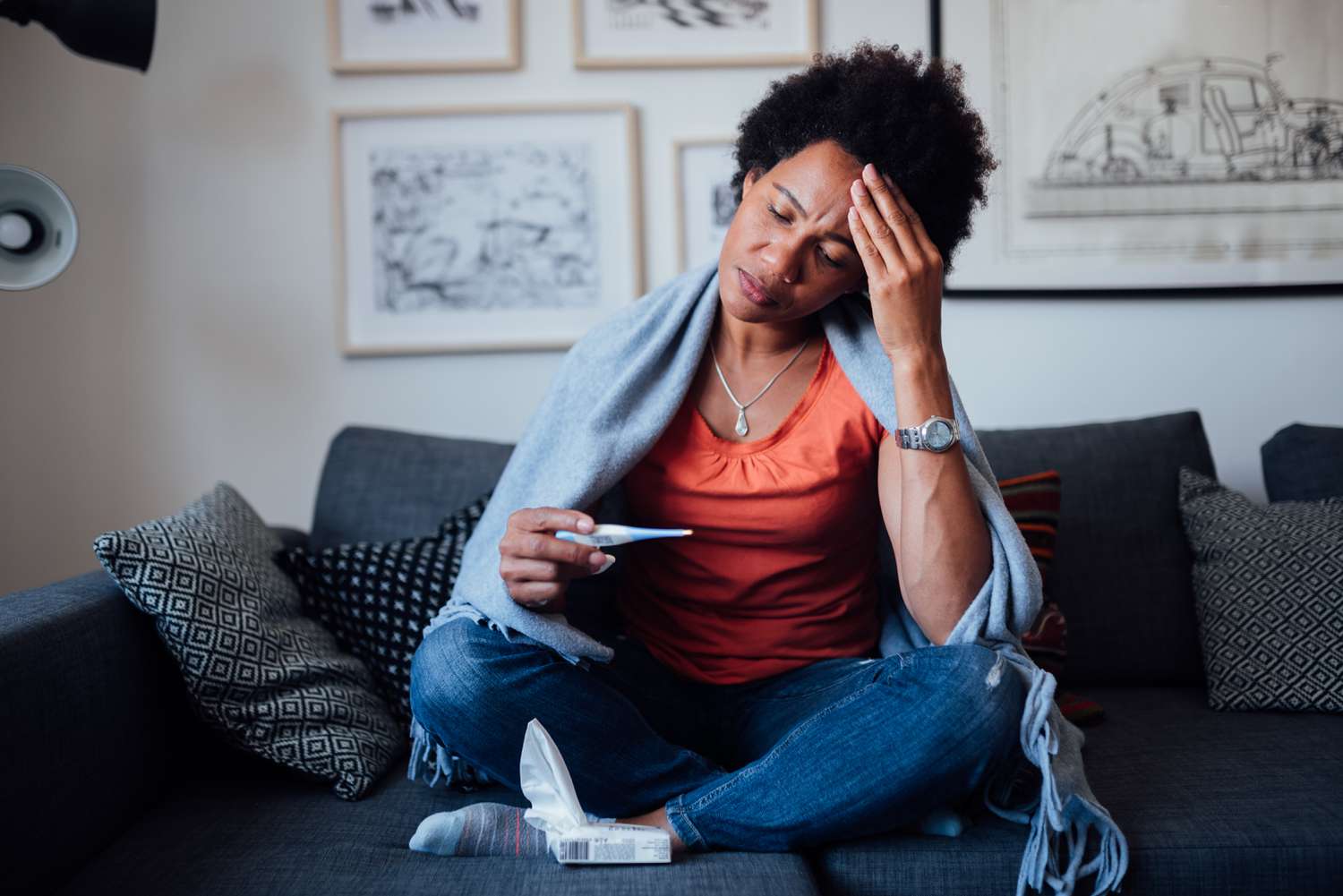"Rising COVID Cases: Essential Tips for Handling the Virus This Summer"

New COVID-19 variants KP.3 and KP.2 have surged to dominance in recent weeks, and the virus appears to be on the upswing in the United States.
As of June 25, COVID infections are likely growing in 44 states, according to the Centers for Disease Control and Prevention. Hospitalizations and deaths related to the virus are also increasing.
Given the grim news, you may be wondering about your odds of contracting the virus and the latest recommendations on everything from testing to prevention.
Here’s everything you need to know to navigate COVID this summer.
You can gain immunity to COVID by having a previous infection and through vaccination. However, how long immunity lasts depends on several factors.
People who have had COVID can be protected against reinfection for several months, according to the CDC. That timeframe could be shorter for people with weakened immune systems.
If you got the updated COVID vaccine in the fall, you likely still have some immunity to the new dominant COVID strains, Thomas Russo, MD, professor and chief of infectious disease at the University at Buffalo in New York, told Health.
However, he explained that immunity tends to wane after six months or less, and the vaccine wasn’t specifically targeted for the new variants, dubbed FLiRT. Plus, “the FLiRT variants are more immune-evasive,” he said.
Russo said collective immunity “is less than excellent” right now, compounding the situation. Part of that is due to low vaccine turnout—only about 20% of Americans got the updated COVID shot in the fall.
Mask mandates aren’t ubiquitous right now, but some places have them. “Some healthcare facilities have masking requirements, but it’s variable from institution to institution,” Russo said. You may also be more likely to encounter a mask mandate if you visit an oncology ward or intensive care unit in a hospital, he said.
“There are no major social distancing recommendations,” infectious disease expert Amesh A. Adalja, MD, senior scholar at the Johns Hopkins Center for Health Security, told Health.
Russo said that the former six-foot social distancing rule was based on the misconception that COVID was only spread through respiratory droplets. (It’s also spread through aerosol particles.)
That “summer cold” you’re dealing with could actually be COVID-19—and it’s important to find out. “You should test for COVID, especially if you’re high risk, when symptoms occur or after known exposures,” Adalja said.
Symptoms of COVID still include fever, cough, congestion, diarrhea, fatigue, headache, and shortness of breath.
If you’re high risk—meaning you’re an older adult, have certain underlying health conditions, or are immunocompromised—and get a negative result, you may also want to consider retesting, especially if you know you’ve been exposed to the virus, Russo said.
It may also be wise to test yourself before gatherings with high-risk people, like your grandfather or newborn niece. “If you have symptoms, you probably should just stay home,” he said. But if you don’t have symptoms and test negative, Russo said it should be okay to meet with high-risk people.
Tests can expire, but the expiration date on the box languishing in your medicine cabinet may differ from the actual expiration date. If your test says it’s expired, double-check it on the Food and Drug Administration’s website. The FDA may have extended it.
Having COVID used to mean you had to stay home for a really long time. The CDC has now lumped COVID in with other respiratory viruses and relaxed its guidance on when you can return to the world after getting sick.
The CDC recommendations state that you can go back to your usual activities when your overall symptoms have improved for 24 hours and you haven’t had a fever without using fever-reducing medication for 24 hours. For five days afterward, the CDC recommends wearing a mask, keeping your distance from people, cleaning your indoor air with good ventilation, and practicing good hand hygiene.
If someone in your family tests positive, Russo suggested doing your best to isolate them from everyone else in your household and being on the lookout for symptoms in yourself. “If you develop symptoms a few days later, assume you’re positive,” he said.
Not much has changed in terms of prevention. Health officials still say to stay current on your COVID vaccine—the CDC just recommended that everyone age six months and older get vaccinated this fall.
Russo said that wearing a mask can help lower your risk of getting COVID and is especially important for people at high risk of developing severe disease. He recommends that high-risk people wear a mask in indoor, crowded areas that are poorly ventilated, like the grocery store.




